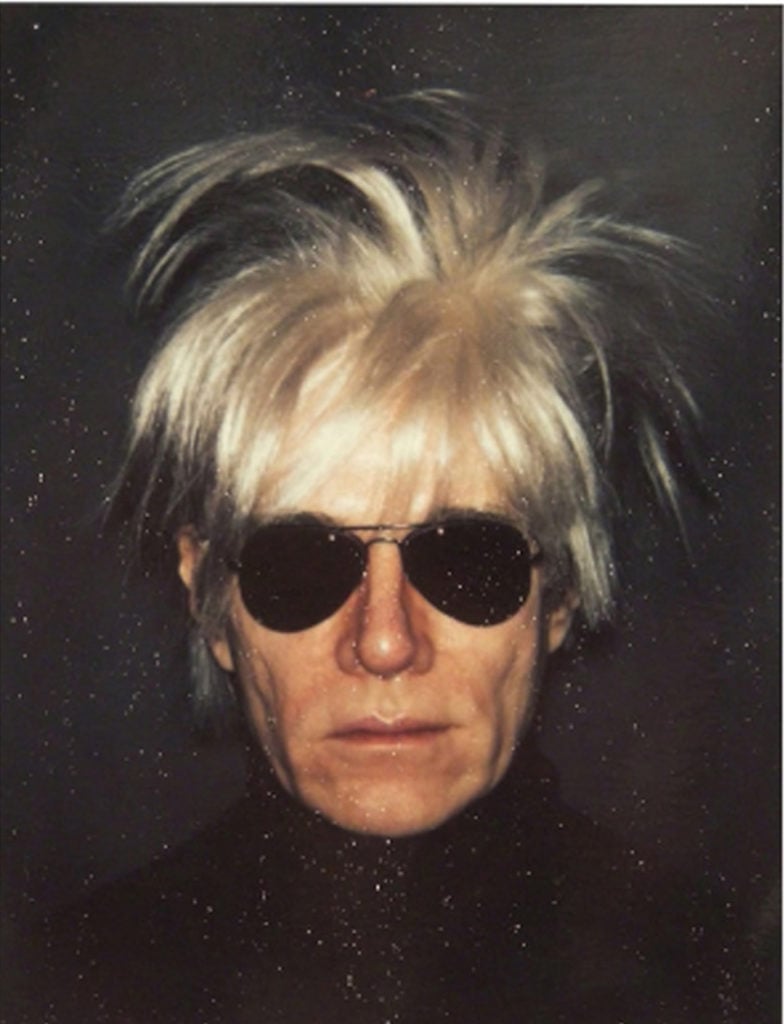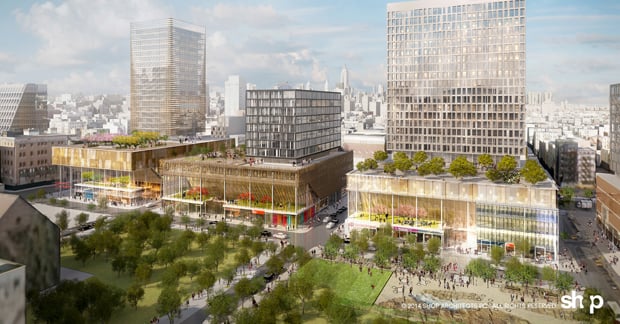Art & Exhibitions
No, the Andy Warhol Museum Is Not Coming to New York


Sarah Cascone

Pittsburgh’s Andy Warhol Museum has abandoned plans to expand to New York, reports the Pittsburgh Post-Gazette.
“The Andy Warhol Museum, which had been exploring its participation in the Essex Crossing development in lower Manhattan, has determined that it will not proceed with the project,” said museum director Eric Shiner, citing business and operational considerations. He had announced the second location, which would have opened in Manhattan’s Lower East Side in 2017, in May.
“For the past two years we have worked closely with the Andy Warhol Museum to find a way to bring Andy home to New York’s Lower East Side,” Risa B. Heller, a spokesperson for the site’s developer, Delancey Street Associates, told the Gazette. “We have dedicated tremendous time and resources and offered them a very generous multimillion dollar package to make this work. [We] are surprised and disappointed that they are unable to see this through.”
Warhol is obviously a New York icon, both for his ubiquitous presence in the club scene and for his art. And, of course, his works have continued to reach new highs at auction houses in his adopted city.
For all these reasons, the expansion seemed like a logical step for the institution. The planned facility was to have been 10,000 square feet, and was meant to encourage fans of the Pop artist to make a pilgrimage to the museum itself, in Warhol’s hometown of Pittsburgh.

Rendering for Essex Crossing, a development on six acres of vacant land on New York’s Lower East Side that was to house the second branch of the Andy Warhol Museum. Photo: Delancey Street Associates / SHoP Architects.
The project had been in the works since 2012, when the initiative was approved by then–Carnegie Museums of Pittsburgh CEO and president David M. Hillenbrand. Shiner, who took the helm at the Warhol Museum in 2011, spent several years in New York as an independent curator before moving back to his native Pennsylvania in 2008.
When the Manhattan location was announced, there was speculation that Shiner was looking for a way back to New York. If so, he will now have to find another route.
Although a Gotham outpost is not to be, Shiner asserts that “the Warhol will continue to participate in programs, exhibitions, and special projects in New York City through its longstanding collaborations with a variety of New York-based arts organizations.”
So to recap: Warhol Converses, overpriced sunglasses, and boxer shorts, good; New York Warhol museum, bad.